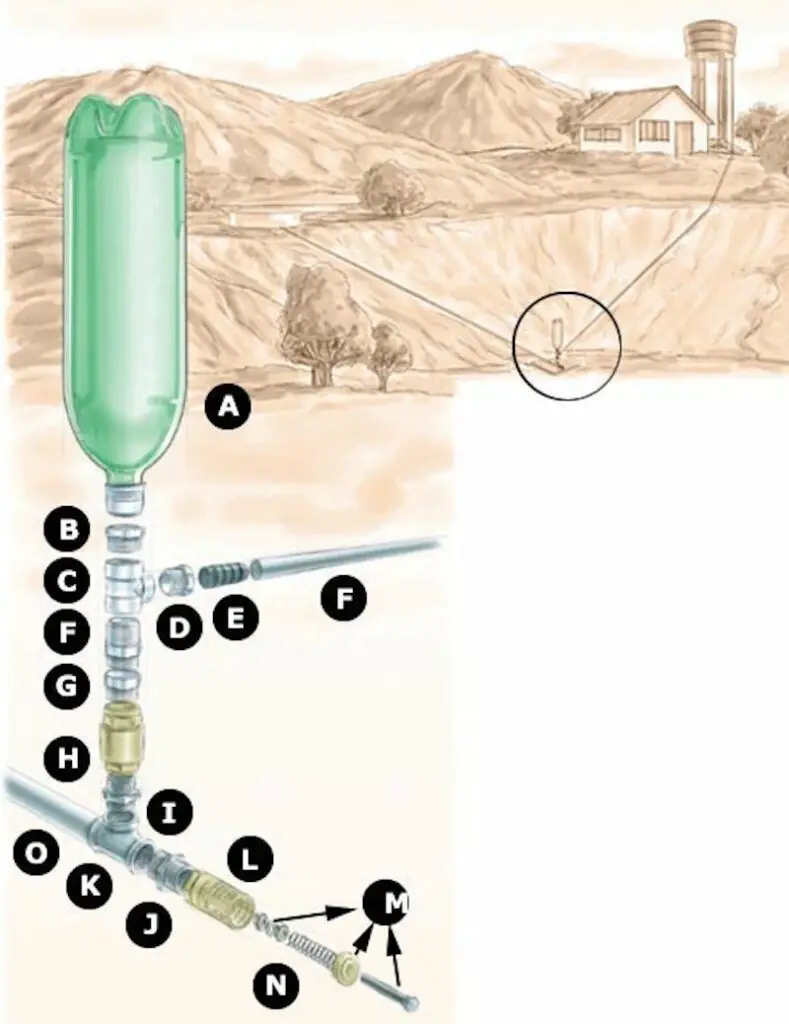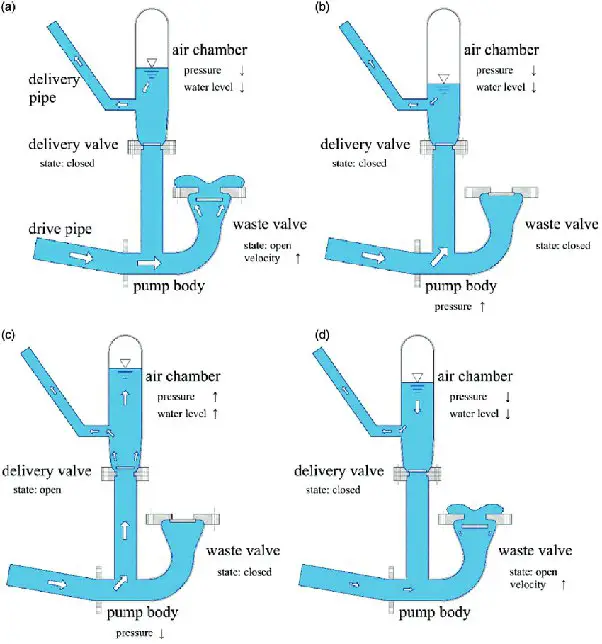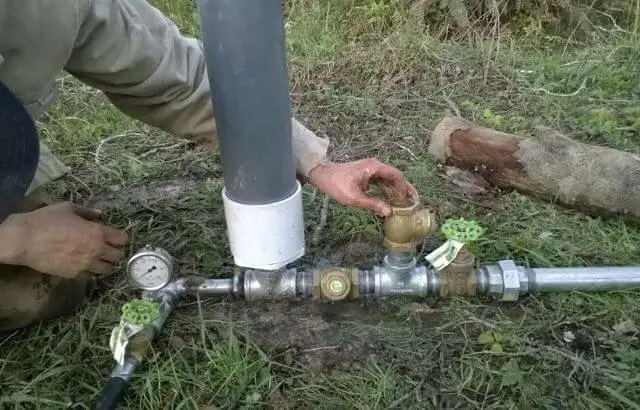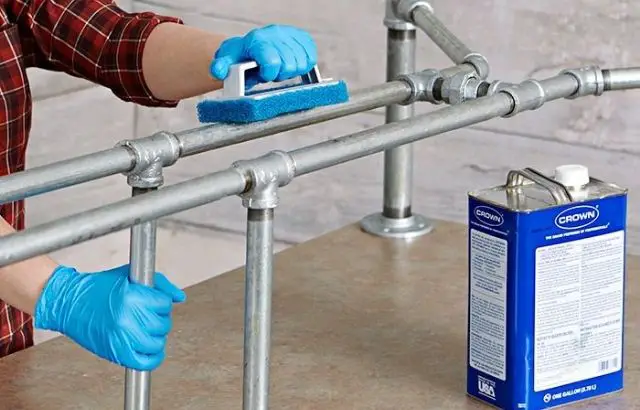Water is one of the most-consumed natural resources. Although we have invested and developed different systems, we have not been able to make water artificially. For the same reason, we need to conserve and store the resource as it is. However, it sometimes becomes challenging to want a water supply at a higher level from the ground where you do not have it otherwise. For that purpose, you need to know about the techniques of moving water uphill. Yes, the past is the day when people would say, “it is impossible to move water uphill.” So, if you are finding an answer to the question, how to move water uphill?
You have come to the right place to guide you for this task because it seems complicated until you know the options you may avail yourself of. So keep reading, and we will explain different methods to move water from a lower level to a higher level.
How to Move Water Uphill
A water hammer pump is a hydraulic pump that uses the kinetic energy created by the fluid’s water hammer to operate generally without requiring electric or thermal energy. So, this type of pump is recommended for areas with unreliable electrical service and variable water availability.
This article explains how to build a water hammer pump with a 2-inch pipe and a flow rate between 1,320 and 2,700 l/h.
What do we need?
- The materials needed to build our ram pump are:
- A plastic bottle (2 liters) with a lid (A).
- A 1 x 3/4 inch reduction buffer (B).
- A PVC tee (C) with one-inch thread.
- One PVC reduction buffer (D), 1 x 3/4 inch thread.
- One 3/4 inch hose adapter (E).
- One one-inch PVC nipple (F).
- One PVC reduction buffer (G), with 2 x 1-inch thread.
- One 2-inch vertical check valve (H).
- Two 2-inch galvanized nipples (I and J).
- One 2-inch galvanized tee (K).
- Well or impulse valve (L).
- 5/16 or M8 bolt, tree nuts, and one washer (M).
- One toilet flush valve actuating spring (N).
- One 2-inch diameter steel pipe (O). The length varies depending on the height of the water drop and the difference between the water to be pumped and the tank.
- A 3/4-inch diameter steel pipe (P). The length should be ten times the pipe size of the previous item.
- Ten square centimeters of shade cloth.
- Wires.
- PVC glue.
- Create a 15-mm-diameter hole in the bottle’s cap (A).
Steps:
Using PVC glue, secure the 1 x 3/4 reduction buffer (B). To install the PVC reduction buffer:

- Attach the one-inch tee (C) to one of the tee’s outlets (D).
- Insert the hose adapter (E) and steel pipe (P) with a three-quarter-inch diameter into the corresponding notches.
- Connect the one-inch PVC nip to the end of the T-other connector (F).
- Attach the nipple (F) to the tampon threads and pull to a 2 cm length (G). Connect this to the galvanized 2-inch nip and the valve (H) (I).
- Connect the nipple to the galvanized tee as the third step (K). Then, connect the 2-inch steel pipe to the appropriate outlet (O). To prevent air suction, place this water supply pipe at least 30 centimeters below the water level and 1.5 meters apart. Wrapping the cable in cloth and securing it with wire will prevent it from tangling in the pipe.
- Connect the remaining tee outlet to the impulse valve shaft (L) and the galvanized buffer (J). Drill a hole in the valve’s included sieve base for the 5/16 bolt that you will use to force water through the valve’s buffer (M). Verify that one of the nuts is fully threaded to the center of the screw.

Adjust the screw’s length so that the nut rests against the base of the filter. Connect the washer to the bolt’s bare end in the space between the two nuts. When repositioning the valve strainer, place a spring (N) between the washer and the valve plug.
Calculating the pipe length
To calculate the length of the steel pipe that connects to the water source (O), use the following formula:

To calculate the height of the waterfall from the source to the ram, we need to know the length of the supply pipe (Lq), the tank’s height (H), and the tank’s height (h). Using S of 2.5 meters and H of 15 meters, we obtain:

Multiplying the length of the feed pipe (LQ) by a factor of ten yields the diameter of the steel pipe (P) that transports water to the storage tank. Using the parameters of the preceding example, the answer is 168 meters.
Advantages of Ram Pump
When we have so many answers to how to move water uphill, you must be thinking about the Ram pump’s advantages. Yes, here you go with the specific benefits you can have with your very own ram pump:
- You do not need to have a separate source of power for your Ram pump to work. Instead, it works on its own using the force of the flowing water.
- It is simple to use. Yes, there is no rocket science involved. All you need to have are the two essential components that are at play to pump.
- You can have already filtered water by default. It means that you do not have to worry about getting rid of the “wastewater in the water.”
- As the Ram pump generates its energy, it can work when you are having an electricity outage. Yes, these are the main advantages of the ram pump.
Frequently Asked Questions
How do you move water uphill without a pump?
If you do not want to use a pump to move water uphill, do not fret! You have an option here. Yes, the Siphoning method is one of the most widely used techniques. It has an ancient history that dates back to Egyptians who used Siphon for irrigation and winemaking procedures.
Can you make water flow uphill?
Yes, you can make water flow uphill. Various means have been developed over the years. Some of the most common methods include:
- Siphon
- Pumped Hydro
- Ram Pump
Each of these methods employs different principles of Science and has its respective advantages and disadvantages.
How do you increase water pressure uphill?
You can improve the water pressure moving uphill by using the various pressure booster systems available on the market. As for commercial use, the latest example is that of the Tono Dam in Ghana which provides irrigation water to around 60 percent of the original target area, but it is still deliberated as one of the best projects on the continent.
Expert Advice
Well, now that you know how to move water uphill, you can choose the best option for yourself. You may also have technical advice for your specific case. But generally speaking, the techniques mentioned earlier work well when it comes to moving water uphill with minimum infrastructure. In case you need additional support, like tools to increase water pressure, you can buy a water booster and other devices from various online stores and physical stores nearby.
Read More: How To Install A Sewer Cleanout




